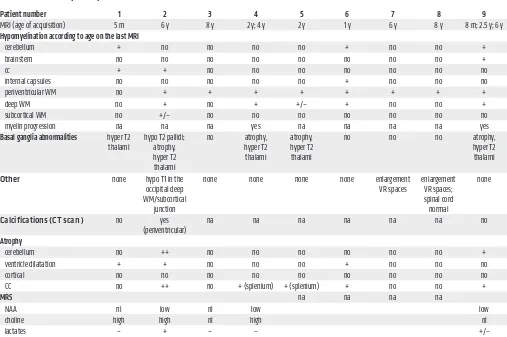Loss of the sphingolipid desaturase DEGS1 causes hypomyelinating leukodystrophy
Full text
Figure




Related documents
Column (3) of Table 4 shows that Austria, Italy and Belgium and Spain are countries with relatively high downpayment ratios, while the United States, Canada, the United Kingdom and
the fact, that the critical points (Lorentz metrics) of the functional Ix R9 J- det(g) d 4 x are determined by the Einstein equation for the racuum, the quest ion arises, ~s to
Of concern is the finding that the presence of family violence or ongoing safety concerns did not reduce the likelihood that children experience shared care, time regardless
Hasil analisis sidik ragam menunjukkan bahwa faktor lama pemanasan memberikan pengaruh yang sangat nyata terhadap kadar minyak sisa di dalam bungkil biji karet yang dihasilkan,
ASTM A 923 Method B uses the Charpy test as an acceptance procedure for duplex stainless steel mill products to demonstrate the absence of detrimental
Mul- tivariate analysis using Cox' s proportional hazard model indicated that age, depth of invasion, lymphatic invasion, lymph node metastasis, Lauren's classification and
Inhibition is involved in the function of motor central pattern genera- tors—neuronal circuits that when activated can produce rhythmic motor patterns [23] — and in the control
MICROBIOLOGICAL CHARACTERISTIC AND FERMENTABILITY OF KING GRASS (Pennisetum hybrid) SILAGE TREATED BY LACTIC ACID BACTERIA- YEAST INOCULANTS CONSORTIUM COMBINED WITH RICE





